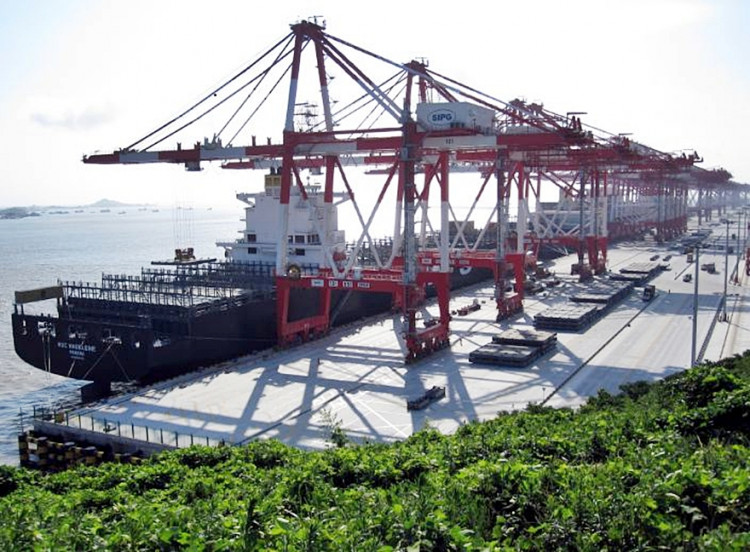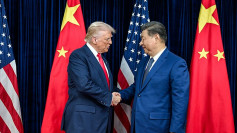China's said its GDP grew 6.7 percent in the second quarter to $6.27 trillion, the slowest since 2016.
This growth was only slightly lower than the 6.8 percent growth in the first quarter when China went full bore into cracking down on risky credit. That precarious situation has since been complicated by a trade war with the United States that gained steam in June before finally exploding into a trade conflict on July 6.
Data from the National Bureau of Statistics (NBS) revealed that China's second-quarter GDP represented the 12th straight quarter that GDP growth rate has stayed within the range of 6.7 to 6.9 percent, as mandated by Beijing.
China's service sector grew 7.6 percent year on year in the first-half compared to the 3.2 percent increase in primary industry and 6.1 percent in secondary industry, said NBS. Final consumption accounted for 78.5 percent of the economic expansion in January-June versus 77.8 percent in Q1 and 58.8 percent in 20917, suggesting that consumption continues to play a more prominent role in driving growth.
The unemployment rate in urban areas stood at 4.8 percent in Q2, unchanged from May but 0.1 percentage point lower compared to June 2017. Fixed asset investment growth for the first half sank to a record low at 6.0 percent year-on-year. Industrial output also lagged and matched the slowest growth rate in over two years at 6.0 percent in June.
NBS data shows that China's industrial output only grew by 6.7 percent year-on-year in June, down from 6.9 percent. On the other hand, retail sales rose nine percent year-on-year, up from 8.5 percent.
The bureau warned there are "increased uncertainties" in the global economy, but claimed China's economy remains on a "steady and improving trend," despite the trade war with the U.S.
"The headline figure was no surprise as any impact from current U.S.-China trade scuffles will only factor in the second half of the year," said Fraser Howie, an independent China market analyst and co-author of the book "Red Capitalism." "There may be a bumpy ride ahead as China's economy is not impervious to external threats."
China's over-inflated property market has been the hardest hit by Beijing's relentless deleveraging and property growth has slowed in major cities as Beijing and Shanghai. Beijing is walking a perilous line between forcing deleveraging onto reluctant companies, especially large conglomerates and state-owned enterprises (SOEs) and impeding GDP growth. Deleveraging also means money for corporate growth and expansion is no longer easy to come by.






